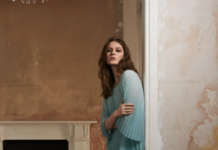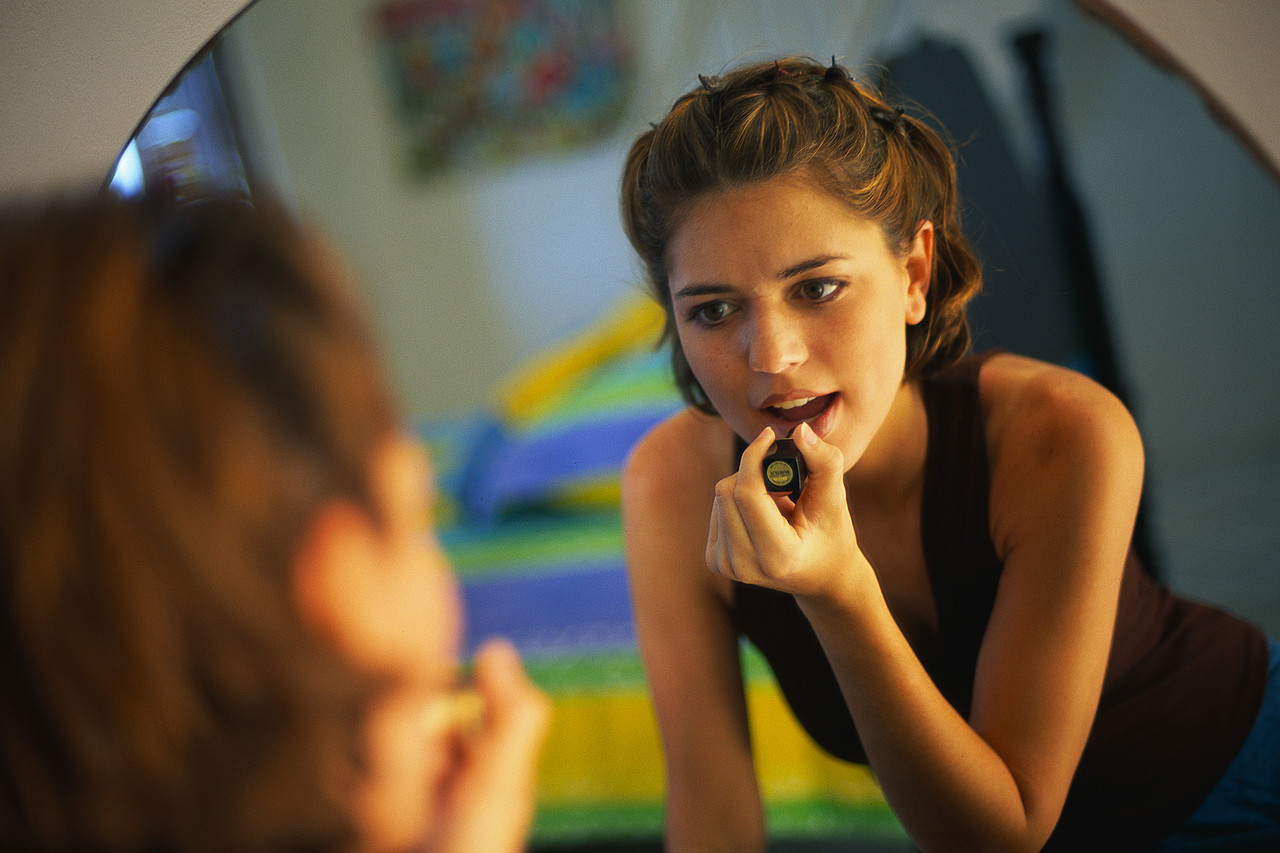“El Asswak el Kadima” Association organized a tour for the media on Saturday 23rd of this month introducing them to the real face of Tripoli with the popular and simple way of living.
A distinctive fruitful touristic experience was done by the Media people through their visit to some historical places, popular markets and monuments in the city.
Landmark Souks , popular cuisine, inherited traditions, important islands were the important points in this long touristic day.
The places visited are as followed:
• Al Tal
It is Tripoli’s main central square.
You will find a five level ottoman clock tower a gift from Sultan Abd el Hamid the second, alongside it is a garden and the castle of Nawfal Al Osmani, which was transformed into a cultural center by the municipality.
Surrounded by Ottoman style residential and commercial buildings.
• Al Koura Square: “Kaem Al Miyah” translated “Existing Water”
The concept of the “existing water” is a tower for water distribution dating back to the Mamluk Sultanate of Egypt where they were able to distribute water to all Tripolites with excellent water pressure, and at the time the old city of Tripoli had approximately 135 water towers.
• The Mansouri Great Mosque
Founded by Sultan Ashraf Khalil Bin Qala’un in 1294 AD.
It is one of the oldest and largest mosques by the Mamluks in Tripoli and Lebanon. It has four main doors and three hallways around the yard and an ablution pond with a location for prayer and a room adjacent to this location are ruins for the prophet Mohammad.
The hallways were built by the Sultan Mohammad Bin Qala’un in the year 1315
The Mamluks emphasized education and academics, as we can see there are five schools around the mosque:
1- School Al Shamsiya (known for its wooden interior)
2- School of Sheikh al Hindi ( known for its colored carvings from both its interior and exterior)
3- School Al Nasiriya
4- School Al Khayriya Hassan
5- School Al Nouriya
• Al Sayaghin Market (Also known as Goldsmiths Market)
One of the oldest and most beautiful markets in Tripoli. Specializes in goldsmiths and the retail of gold and jewelry, handmade by local artists.
• Khan Al Saboun (translated The Soap Inn)
Since the Mamluk dynasty, the manufacturing of fragrant and colored soap by locals and khan al Adaimi which is the only remaining inn since the mamluk dynasty and still has the original door from the time which was made by pine tar from pine trees.
• Baths Al Abd
Since the Mamluk Dynasty
• School Al Qurtawiya
Built by Prince Shhab el Din el Qortay in the year 1316 AD. Known for its northern gate, it is considered one of the most eloquent mosques between Cairo and Damascus.
• The Fortress of Tripoli
One of the oldest and largest fortresses in Lebanon
It was initially constructed by the Arab commander Sufyan Ben Mujib Al-Azdi in 636 AD.
The Fatimids later added a mosque to it during the 11th century AD. Raymond de Saint-Gilles, the Count of Toulouse and Crusader commander enlarged it again in 1103 to become the fortress Mont Peregrinus (Mt Pilgrim) in order to lay siege to the city.
The Mamluk Prince Asandamor al-Kurji enlarged the fortress yet again in 1307 AD and turned it to a citadel by building some towers inside.
The Ottoman Sultan Selim Ben Selim el-Awal commissioned the construction of the northern tower that includes the main gate of the citadel.
• Khan Al Khayateen (translated The Tailors Inn)
One of the most famous Inns in Tripoli specializing in tailoring and fashion. Dates back to before the Mamluk Dynasty where Byzantine ruins were found at its western gate.
• Khan Al Masriyeen (translated The Egyptians Inn)
Built by the Mamluk Sultan Naser Mohammad bin Qala’un. It was dedicated for traders and guests coming from Egypt.
• Hammam Izz Al Din (translated Izz al Din Baths)
Built by Emir Izz Al Din Aibek Musli alongside the baths he also built his castle.
Made up of three sections:
Apodyterium: the area where people change their clothes and place them in cubicles then put on a towel to enter the baths.
Tepidarium: in this area the temperature is warm where people coming in and out of the baths can rest and regulate their body temperature.
Caldarium: Where the temperature is high and the water is hot, there are also different services inside the baths where the person may bathe, massage, or physical betterment.
The Mamluks built the baths based on Roman and Byzantine architecture.
The purpose of the baths was for the sanitation and purity of the population based on Islamic sharia law.
The baths were later used for evening events and eventually converted to a social club where weddings, family gatherings, and similar social events take place.
• Mina Islands:
Tripoli is the second capital of Lebanon with a unique group of island, which are small in size but rich in natural resources.
The most important islands in Mina-Tripoli are the following:
– Rabbits island
– Sanani island
– Ramkin island
– Albalan island
– Alramliye island
As for the traditional food of the city:
– Beans, chickpeas especially in “Akra restaurant”
– Jazariyeh
– Shemaysse sweet
– Kaake
– Coffee “ Moussabet”
– Maajoua sweet














